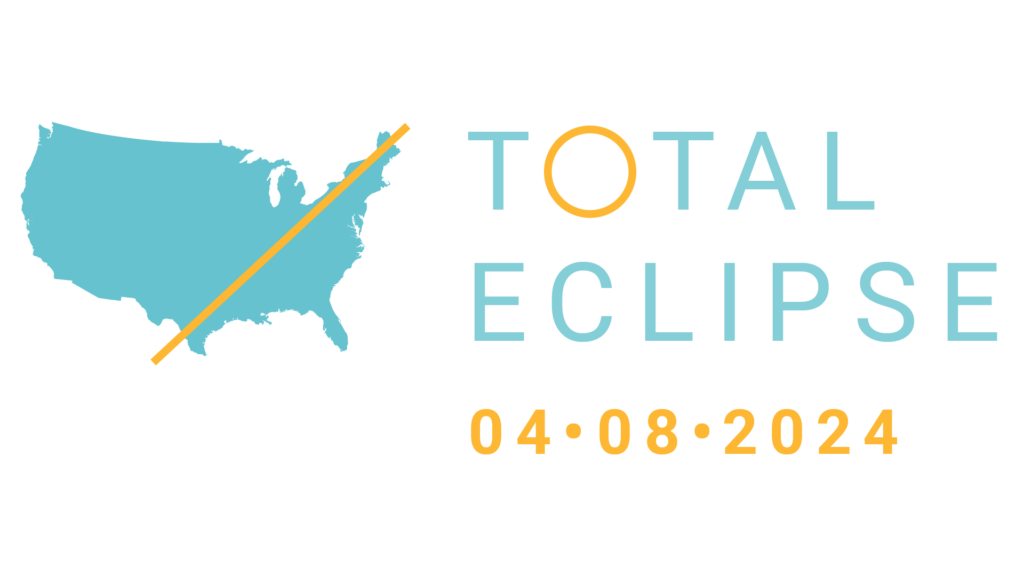
#VernierEclipse
Image provided by The Associated Press (Photographer Charlie Riedel)
Incorporate Phenomenon-Based Learning in Your Instruction through Inquiry During an Eclipse
This school year, there is an opportunity to experience an eclipse with your students. On April 8, 2024, a total solar eclipse will be visible over the United States, starting in Texas.

Collect Data with Your Students During an Eclipse
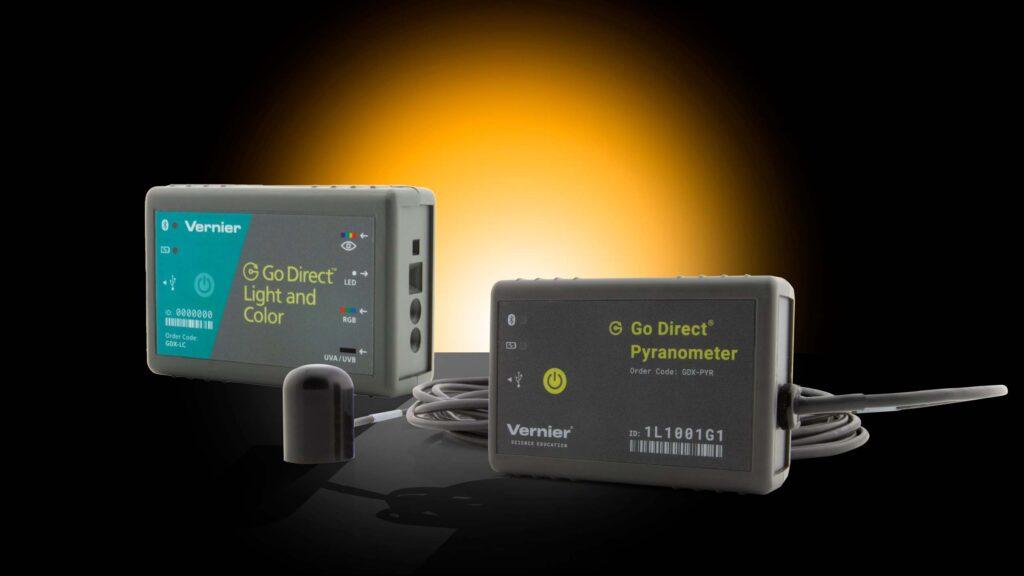
Is there a relationship between the light level and the fraction of the sun that is visible?
- Go Direct Light and Color Sensor
- Visible light
- Light color
- UVA
- Go Direct Pyranometer
- Total solar radiation
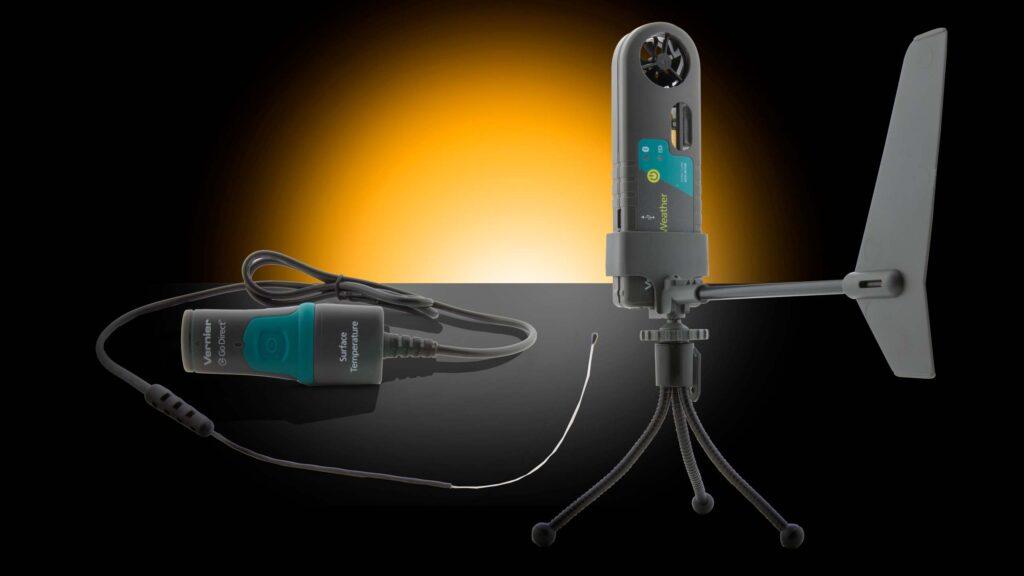
How does the temperature and wind speed change throughout the event?
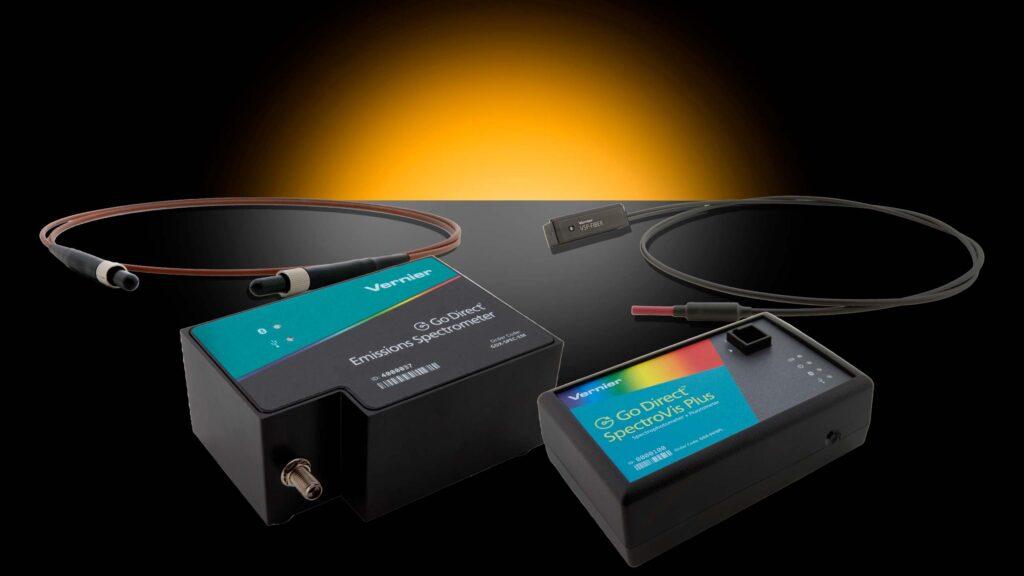
Does the sky change in color as totality approaches?

Dave Vernier’s Eclipse Tips
Tip 1
Never look directly at the sun, except if you are in the path of totality during the few minutes of totality
Never look directly at the sun, except when the sun is completely blocked by the moon. During the partial phase of the eclipse, you will need glasses for viewing the sun.
Tip 2
Be in the path of totality
As the eclipse approaches totality, the brightness of the sky dims to a point where planets may start to become visible.
Tip 3
Collect data during the eclipse
It takes at least an hour from when the moon first starts to obscure the sun until totality. You then have the same amount of time after the eclipse until the sun is completely unblocked.Safely View the Event with
Our Eclipse Glasses: OUT OF STOCK

Looking for eclipse safety glasses? Unfortunately, we are out of stock. If you are looking for an alternative provider, Rainbow Symphony offers a selection of certified eclipse glasses.
Another way to safely watch the eclipse is to make a solar projector or pinhole camera.
Learn how to make a pinhole camera here.
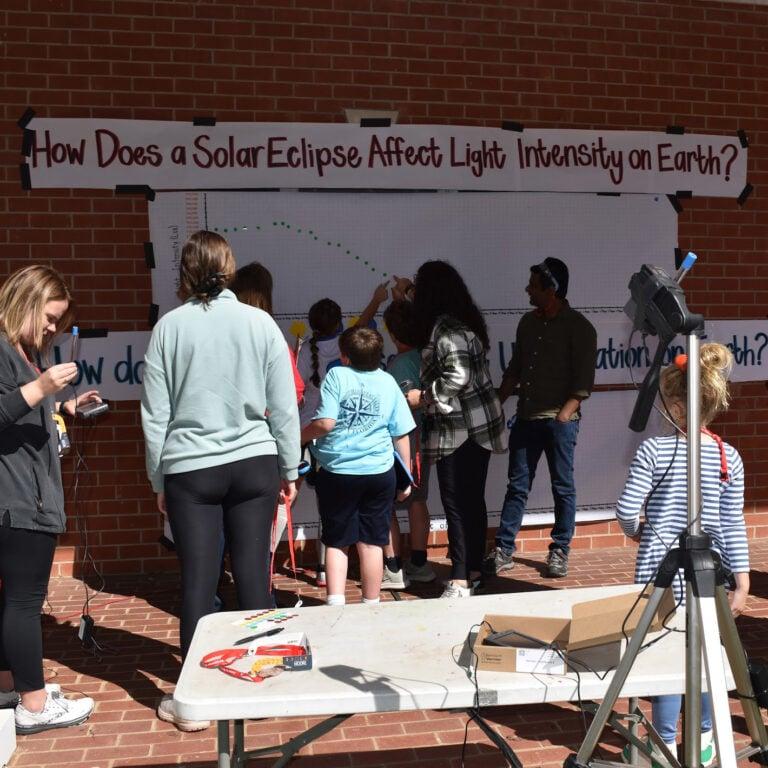
Educator Idea: Host an Eclipse Extravaganza
Start the conversation early with your students with sample data.
Compare the light levels before and after the 2017 total eclipse. In all cases, the levels are higher after the eclipse. Why? Because the eclipse in Oregon where data were collected was at totality at 10:18 am (PDT), the sun continued to rise throughout the duration of the eclipse. The sun angle was 41 degrees at totality and greater after totality. Levels were higher after the eclipse, especially the UV levels because there is less atmosphere to dissipate the sun’s UV rays as the sun’s angle increases.
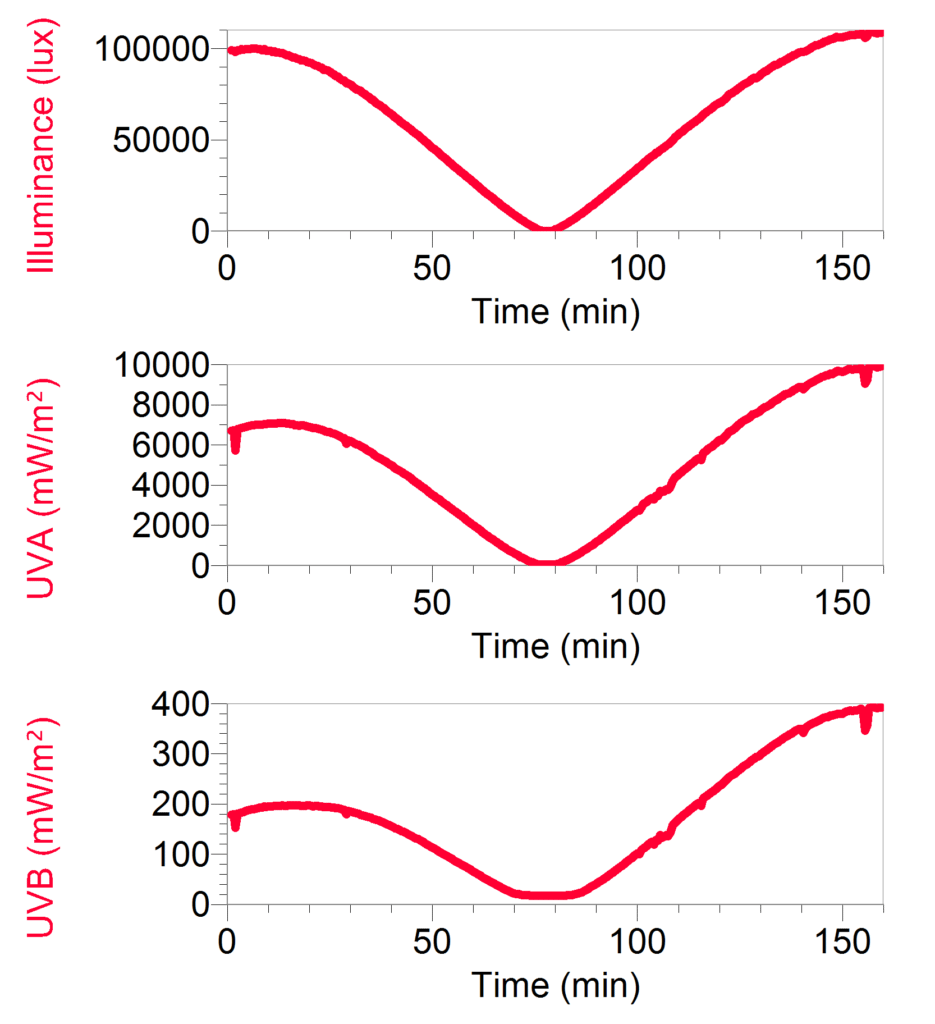
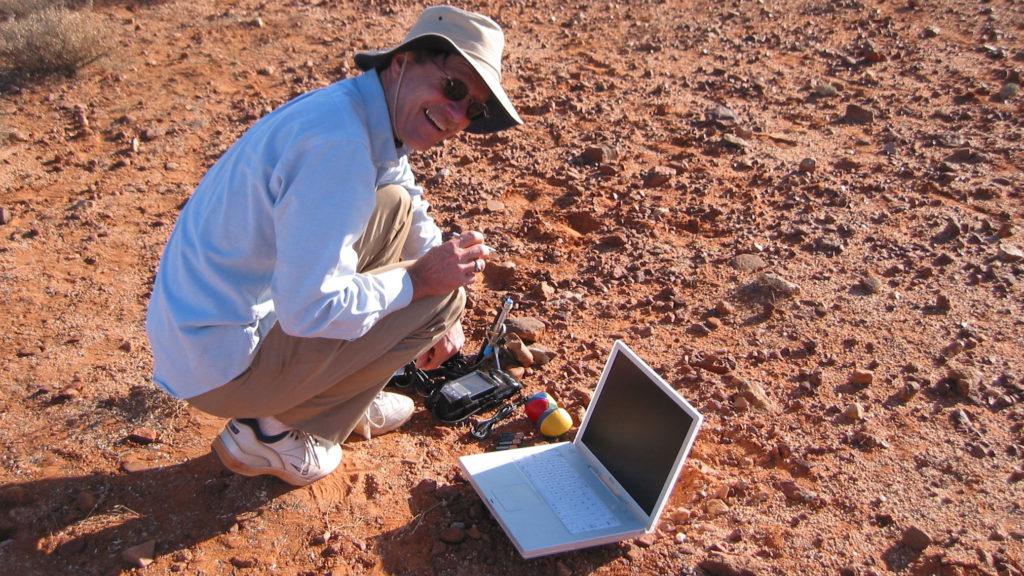
Share Your Pictures and Data with Us!
See how other educators across the country are leveraging this phenomenon in their instruction and share your experiences by using #VernierEclipse.
“It really was exciting to watch the light intensity in three different ranges change as a result of both the eclipse and the cloud cover. My students had a great discussion.”
—Benjamin Grimes of Roncalli High School in Indianapolis, IN, captured data outside the zone of totality with Vernier technology during the 2017 total eclipse.
Looking for More Resources?
Learn more about the upcoming eclipse from these trusted sources:
2024 Total Eclipse




